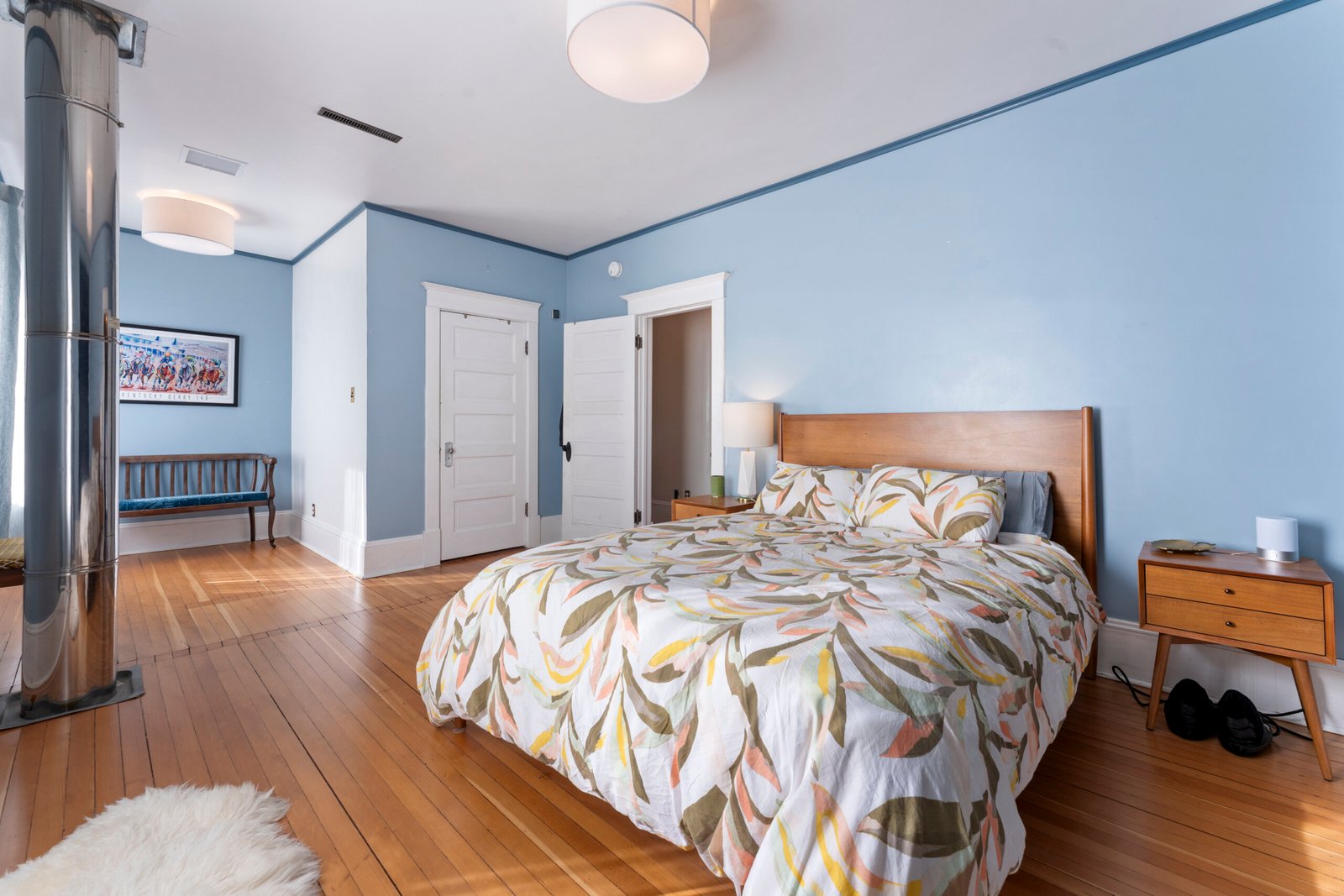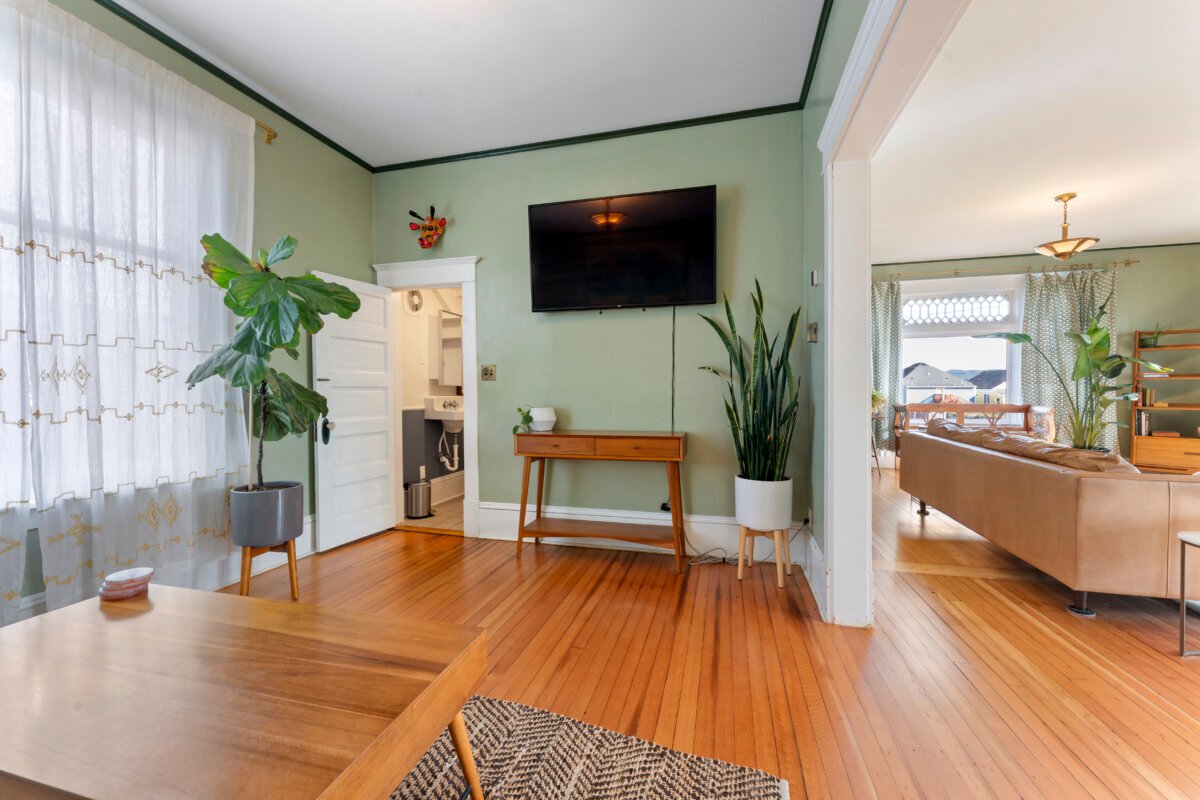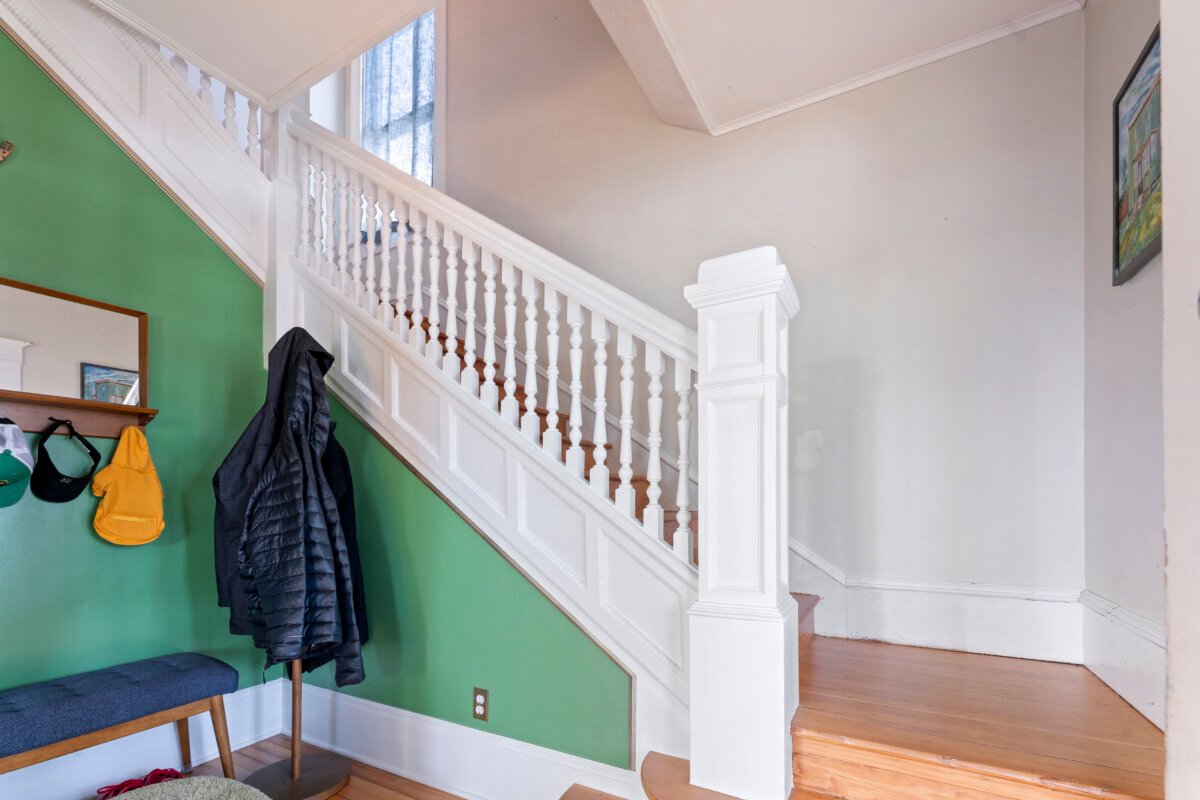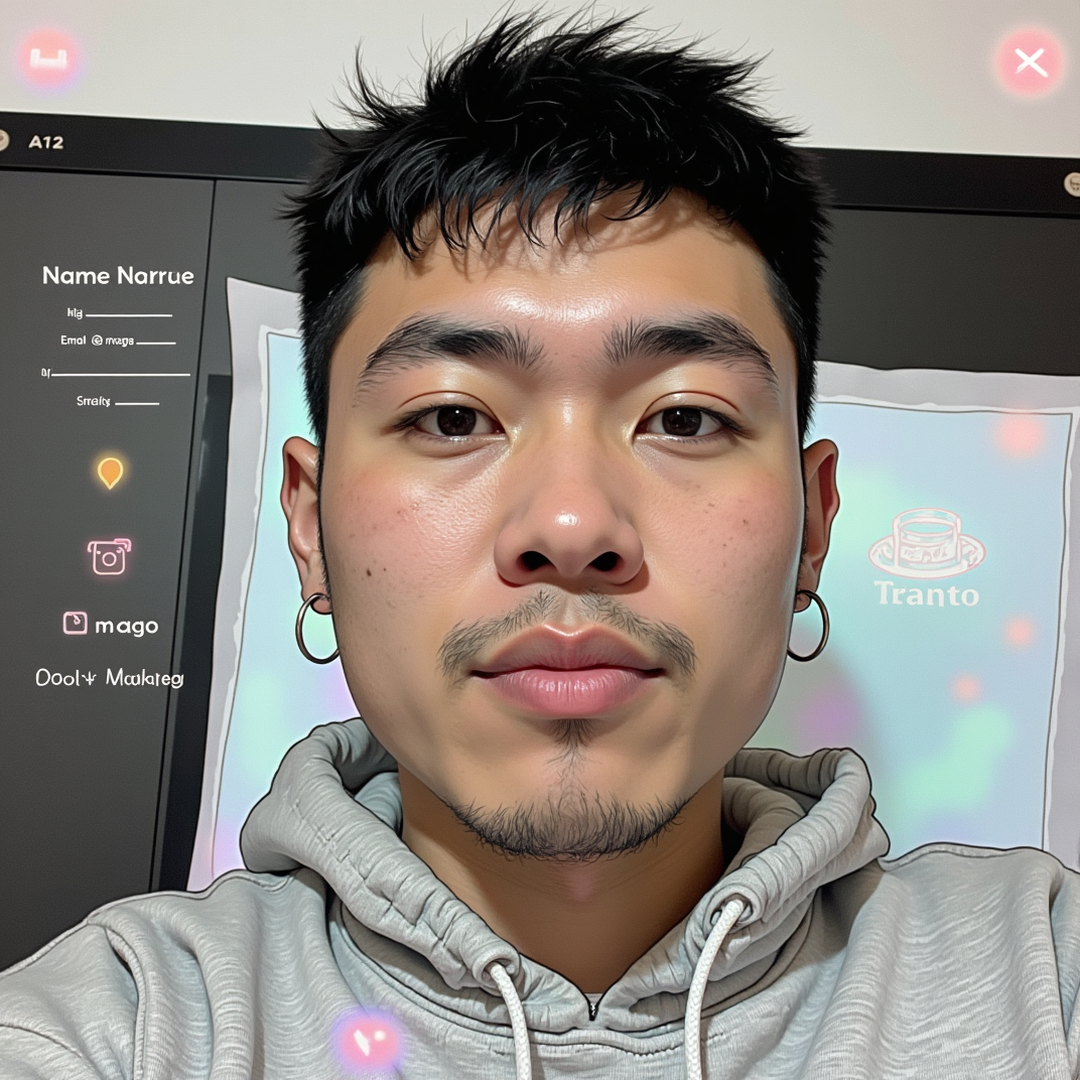
Insights from a Real Estate Photo Editor on Industry Trends
In the evolving landscape of real estate, imagery serves as one of the most potent tools for attracting potential buyers and renters. As a Real Estate Photo Editor, I have witnessed firsthand how critical high-quality visuals are in shaping perceptions of properties. The role of the photo editor transcends mere editing; it encompasses understanding market trends, buyer psychology, and technology advancements that intertwine with how properties are marketed today.
Real estate photography has come a long way from traditional methods to an advanced digital era where visual storytelling plays a vital role. In this article, I will share insights gleaned from my experience as a photo editor, diving into industry trends that influence our approach to property marketing.
The Evolution of Real Estate Photography

Real Estate Photo Editor
The transformation of real estate photography is remarkable. Understanding where we came from helps us appreciate the present and anticipate the future.
Historical Context of Real Estate Photography
Historically, real estate listings relied heavily on static images that rarely captured the essence of a property. Back in the day, photographs were often taken without consideration of lighting, angles, or composition. The focus was mainly on showcasing the fundamentals of a property rather than telling its story.
As a Real Estate Photo Editor, I’ve noticed that this shifted dramatically with the advent of digital photography. Suddenly, photographers had the ability to manipulate images with software, allowing them to create stunning visuals that could draw buyers in. This change opened new doors for creativity and strategic marketing, and as such, it became imperative for everyone involved in real estate—from agents to editors—to adapt quickly.
Advancements in Technology
New technologies have drastically changed the field of photography. The rise of drones, 360-degree photography, and virtual reality has transformed how properties are presented.
Drones, for instance, have revolutionized aerial shots, giving prospective buyers a unique perspective of the property’s location within its surroundings. High-definition images and videos enable a full walkthrough experience, making potential clients feel like they visited the property even before physically seeing it.
As a Real Estate Photo Editor, I often collaborate with photographers who utilize these technologies. The challenge lies in ensuring that those images remain cohesive with the listing’s brand identity and evoke the right emotions when viewed by potential buyers.
The Shift towards Lifestyle Marketing
Today’s buyers are not just looking for houses; they seek a lifestyle. This shift has necessitated a different approach to real estate photography—one that emphasizes lifestyle and community buy-in.
When editing photos, I focus on capturing elements that highlight not just the property but also the lifestyle it offers. For example, a cozy coffee nook can suggest mornings spent sipping lattes while enjoying natural light streaming through large windows.
These lifestyle images resonate with prospective buyers’ aspirations. A potential buyer can envision themselves living in the space, creating memories, and experiencing the community—this emotional connection is crucial for conversion.
The Role of the Real Estate Photo Editor
As a Real Estate Photo Editor, my role goes beyond simple photo enhancements; it encapsulates a myriad of responsibilities aimed at elevating a property’s presentation.
Importance of Image Quality
Image quality is paramount in real estate photography. High-resolution images make properties more appealing, while low-quality visuals can deter potential buyers.
Editing requires meticulous attention to detail. It’s vital to adjust exposure, contrast, and color balance to ensure that the images reflect the true essence of the space. These adjustments can significantly enhance the visual appeal, making rooms look larger and more inviting.
Moreover, I often incorporate post-processing techniques to remove distractions (like overly bright reflections or clutter) in order to keep the focus solely on the property. The objective is to convey a sense of space and warmth that encourages viewers to imagine their lives within those walls.
Branding and Consistency
Every real estate agent or agency has a unique voice and aesthetic—something that needs to be reflected consistently across all marketing materials.
As an editor, aligning the edited images with the branding guidelines is essential. This means considering color palettes, filters, and overall mood in the photos. Whether it’s a luxurious downtown apartment or a quaint suburban home, the way we present these properties should echo the values and vibe of the brand itself.
Consistency breeds recognition in a crowded market. When buyers see images that resonate with a particular style, they begin to associate that aesthetic with quality and reliability, thus reinforcing the brand’s image.
Collaborating with Photographers
Collaboration is key in my role as a Real Estate Photo Editor. Working closely with talented photographers allows me to understand their vision and translate that into the final product.
Effective communication ensures that everyone’s expectations are aligned. Photographers may have specific styles that need to be preserved during the editing process. My job is to enhance those images while remaining faithful to their artistic intent.
This collaboration often involves feedback cycles where we discuss which aspects of the images resonate and what needs revision. A successful partnership hinges on mutual respect and appreciation for each other’s expertise, ultimately resulting in visually striking photos that capture the essence of the property.
Current Trends Shaping Real Estate Photography

Real Estate Photo Editor
The real estate market is perpetually evolving, influenced by consumer behavior, technological advancements, and societal changes. It’s crucial to stay attuned to these trends to remain competitive.
The Impact of Social Media
Social media has fundamentally changed how properties are marketed. Platforms like Instagram and Pinterest have become essential tools for showcasing real estate.
Real estate professionals now utilize social media to share high-quality, engaging visuals of properties to entice potential buyers. As a Real Estate Photo Editor, I frequently work on optimizing images specifically for these platforms, where aesthetics take precedence. Images are carefully styled and edited to capture attention in fast-scrolling feeds.
Additionally, the use of hashtags, geotags, and stories can drive engagement. Good content in combination with targeted keywords makes it easier for users to find listings that match their interests, increasing visibility and reach.
Virtual Tours and 3D Renderings
With advances in tech, offering virtual tours and 3D renderings has become increasingly common. These immersive experiences allow potential buyers to explore properties remotely, gaining a comprehensive understanding of layouts and features.
From an editing standpoint, producing 3D renderings requires a different skill set. Editors must pay close attention to details like lighting, textures, and spatial relationships to create an authentic representation. Additionally, integrating virtual tours effectively into marketing strategies can help differentiate properties in a crowded marketplace.
As a Real Estate Photo Editor, I strive to ensure that virtual tours complement the still photographs. Both mediums should tell a cohesive story about the property, further enticing the viewer to participate in the buying journey.
Sustainability and Eco-consciousness
More buyers are becoming environmentally conscious, seeking properties that embody sustainability. This trend extends to how real estate is marketed.
Imagery that highlights sustainable features—such as energy-efficient appliances, solar panels, and eco-friendly building materials—can attract this demographic.
As an editor, I often emphasize these elements during the editing process. By spotlighting green features, I help agents connect with a growing sector of eco-conscious buyers. Authenticity is vital here; images must accurately represent the sustainable aspects of a property without over-exaggeration.
Looking Ahead: The Future of Real Estate Photography
The future appears promising for the real estate photography industry, driven by innovation and evolving consumer preferences.
Integration of Augmented Reality
Augmented Reality (AR) holds tremendous potential to reshape how properties are showcased. AR enables potential buyers to visualize changes to a space, such as furniture arrangements or wall colors.
As a Real Estate Photo Editor, AR presents exciting opportunities for enhancing traditional photography. Imagine incorporating interactive elements within an image that allow viewers to explore various design options. By tapping into this technology, we can create dynamic experiences that engage buyers on a deeper level.
Data-Driven Insights
Incorporating data analytics into real estate photography is proving advantageous. Analyzing viewer engagement metrics can inform decisions regarding which types of imagery resonate best with audiences.
As a photo editor, understanding performance data allows me to refine editing choices and offer tailored suggestions for future shoots. By discerning patterns in buyer behavior, we can produce images that align closely with prospective clients’ desires, resulting in higher conversion rates.
Continuous Learning and Adaptation
The rapidly changing landscape necessitates that real estate photo editors continually evolve. Keeping abreast of technological advancements, market shifts, and buyer behavior is crucial.
Regular training sessions, workshops, and networking within the industry can foster growth and improvement. As I embrace lifelong learning, I remain committed to honing my skills, exploring new editing techniques, and adapting to emerging trends. This dedication ensures that I remain relevant and effective in an ever-evolving market.
Conclusion
The world of real estate photography continues to transform at a breathtaking pace. Being a Real Estate Photo Editor allows me to witness the intersection of artistry, technology, and marketing. By understanding past trends, embracing current innovations, and preparing for future shifts, we can harness the power of imagery to engage potential buyers effectively.
Ultimately, real estate photography isn’t merely about showcasing properties; it’s about crafting narratives that inspire dreams and foster connections. As we move forward in this dynamic industry, I’ll continue to champion the importance of expertly edited photographs—and how they can play a pivotal role in helping people find their perfect homes.
Contact me for the best real estate photo and video editing service.



